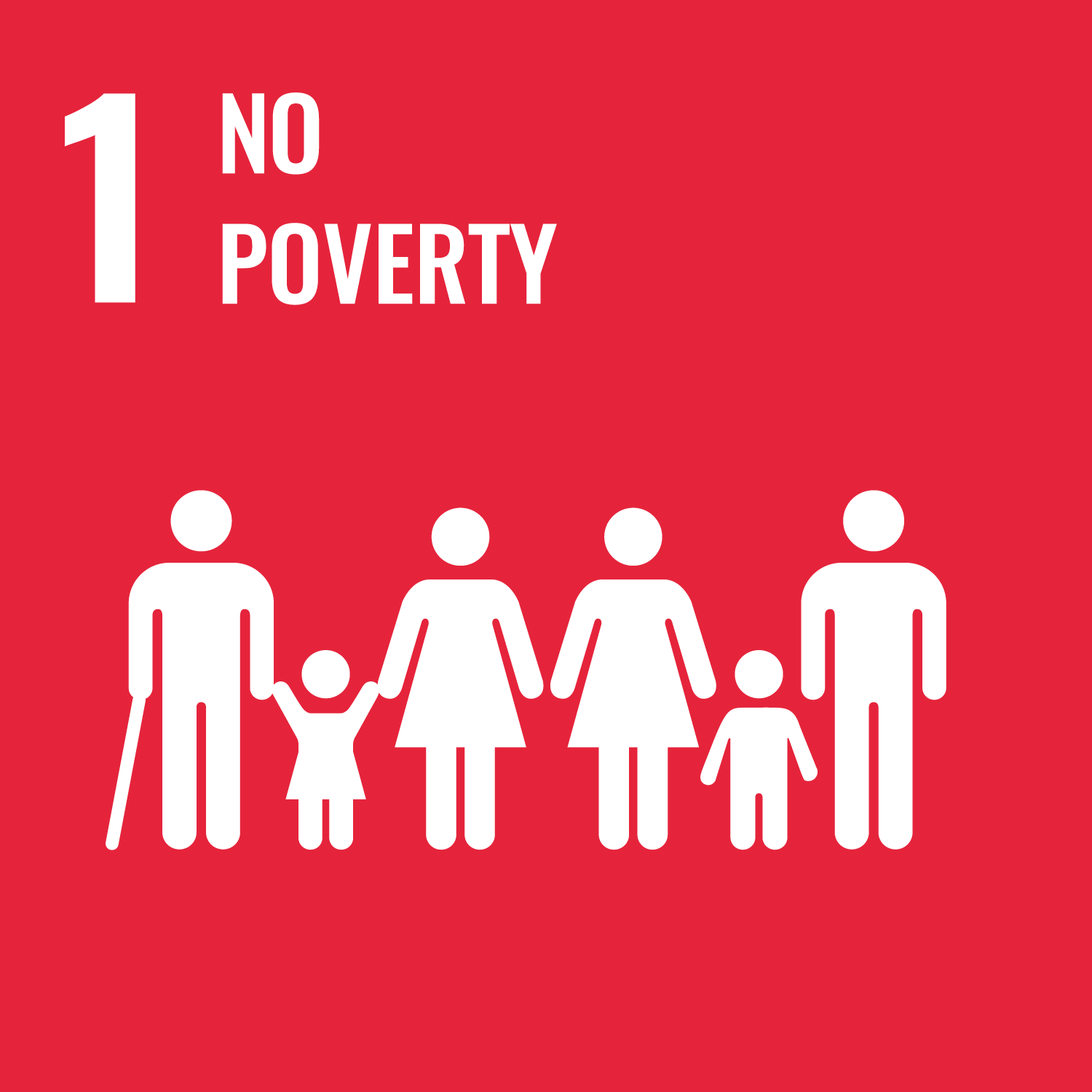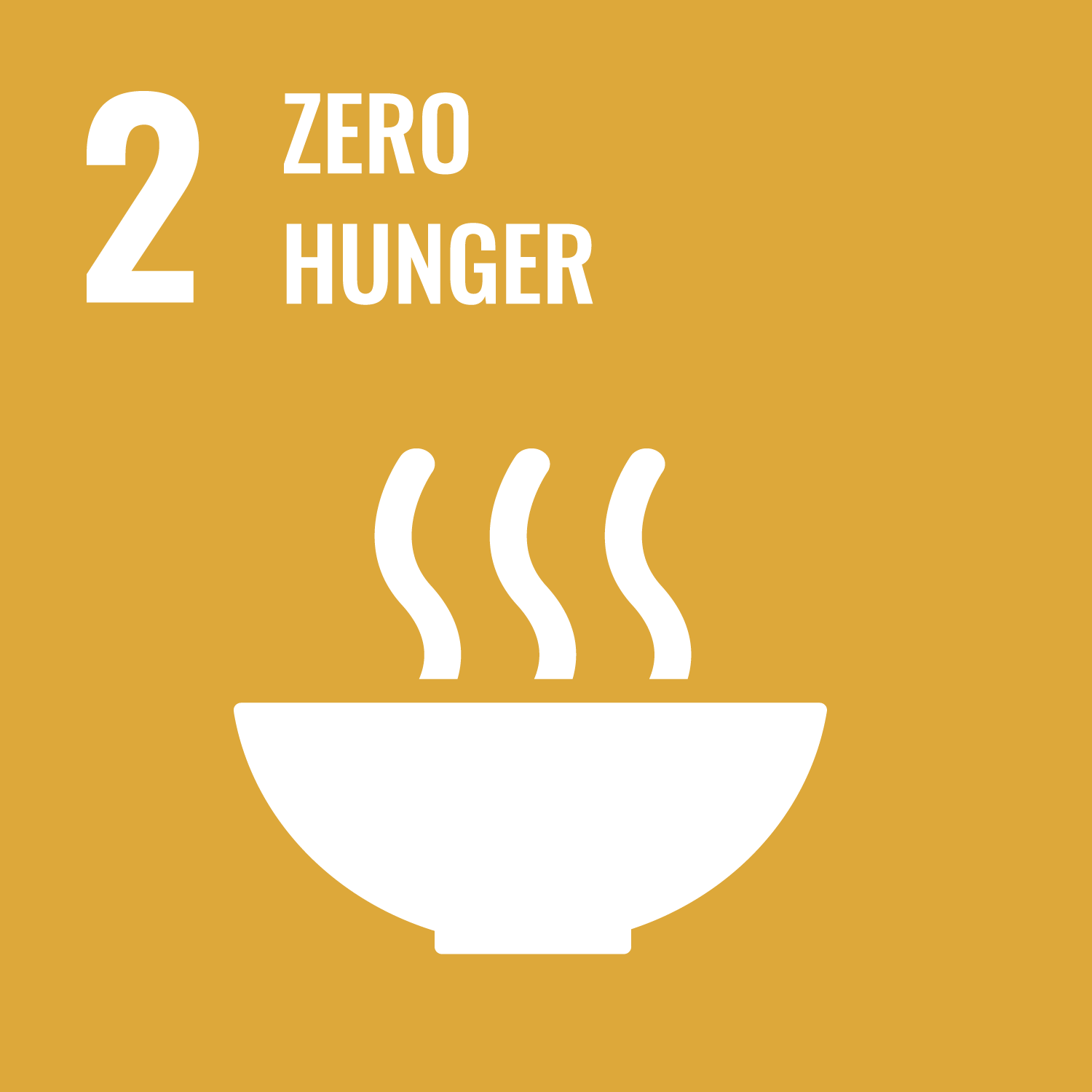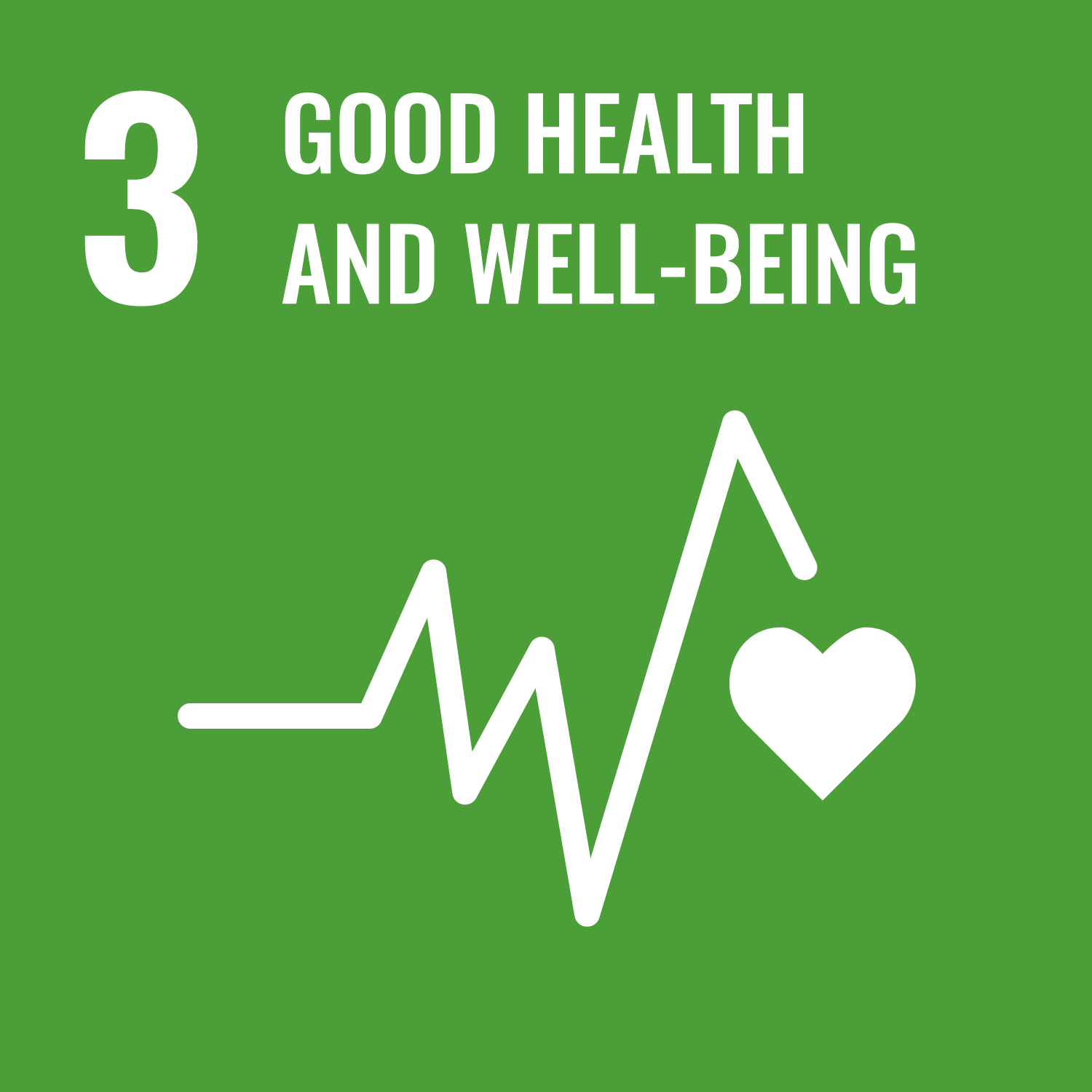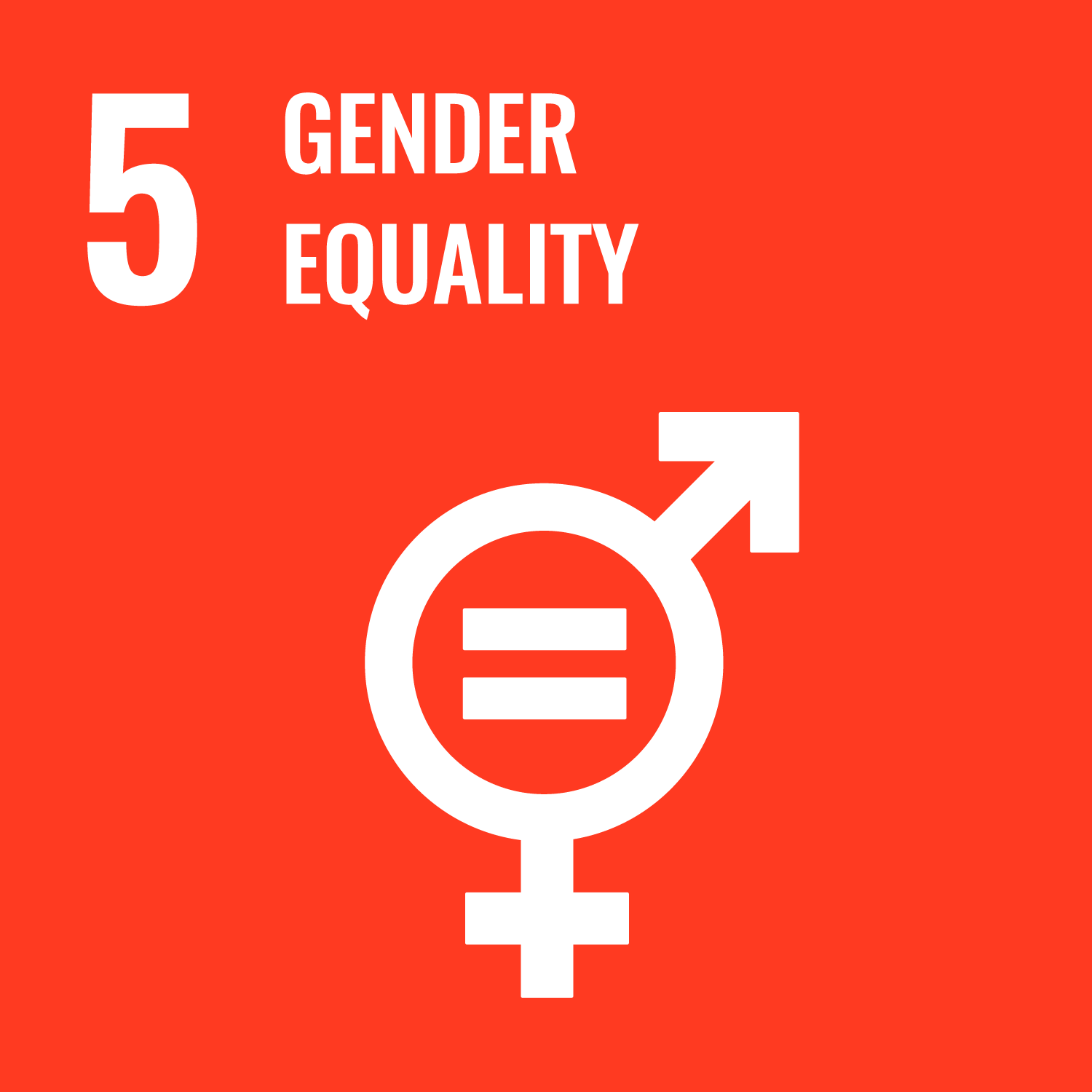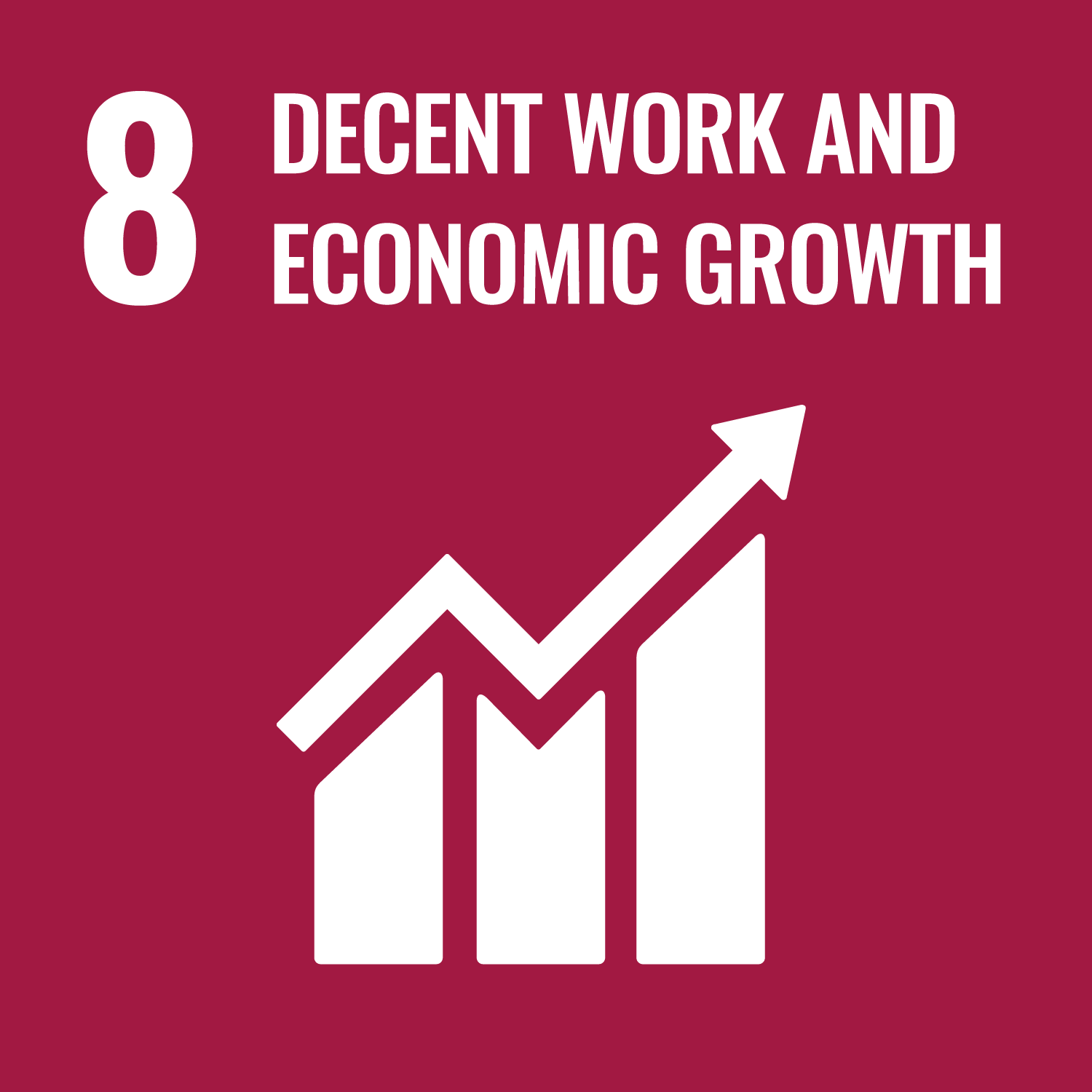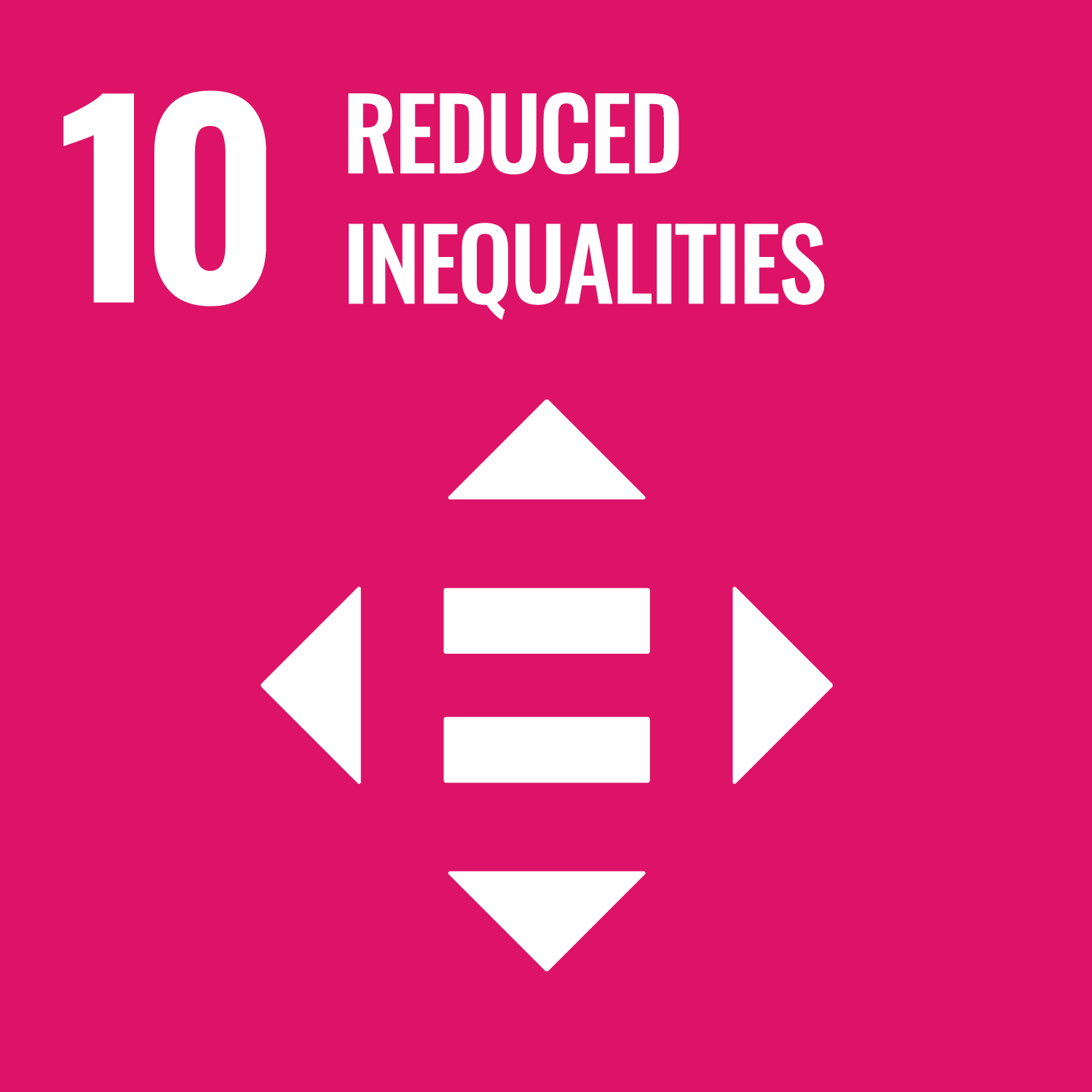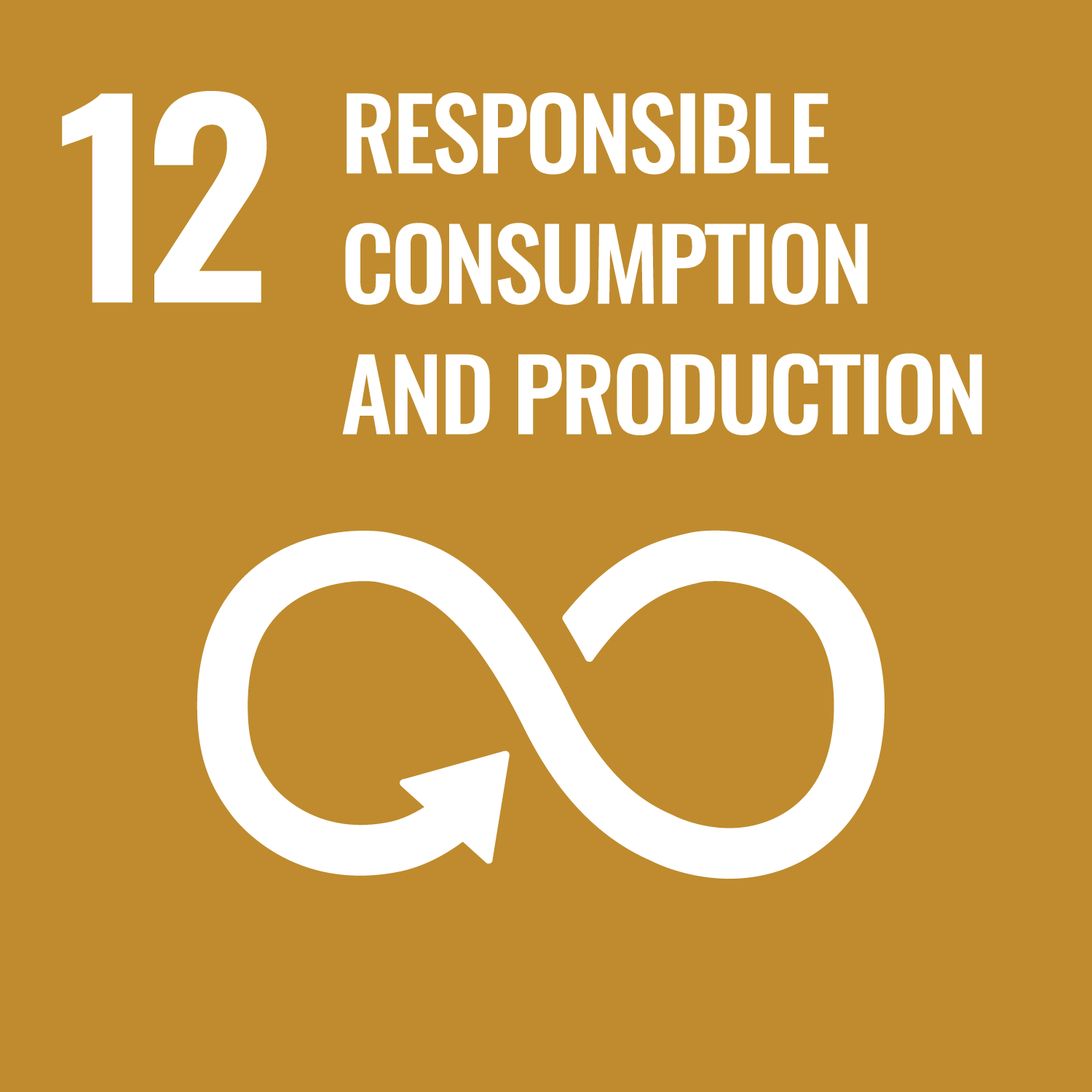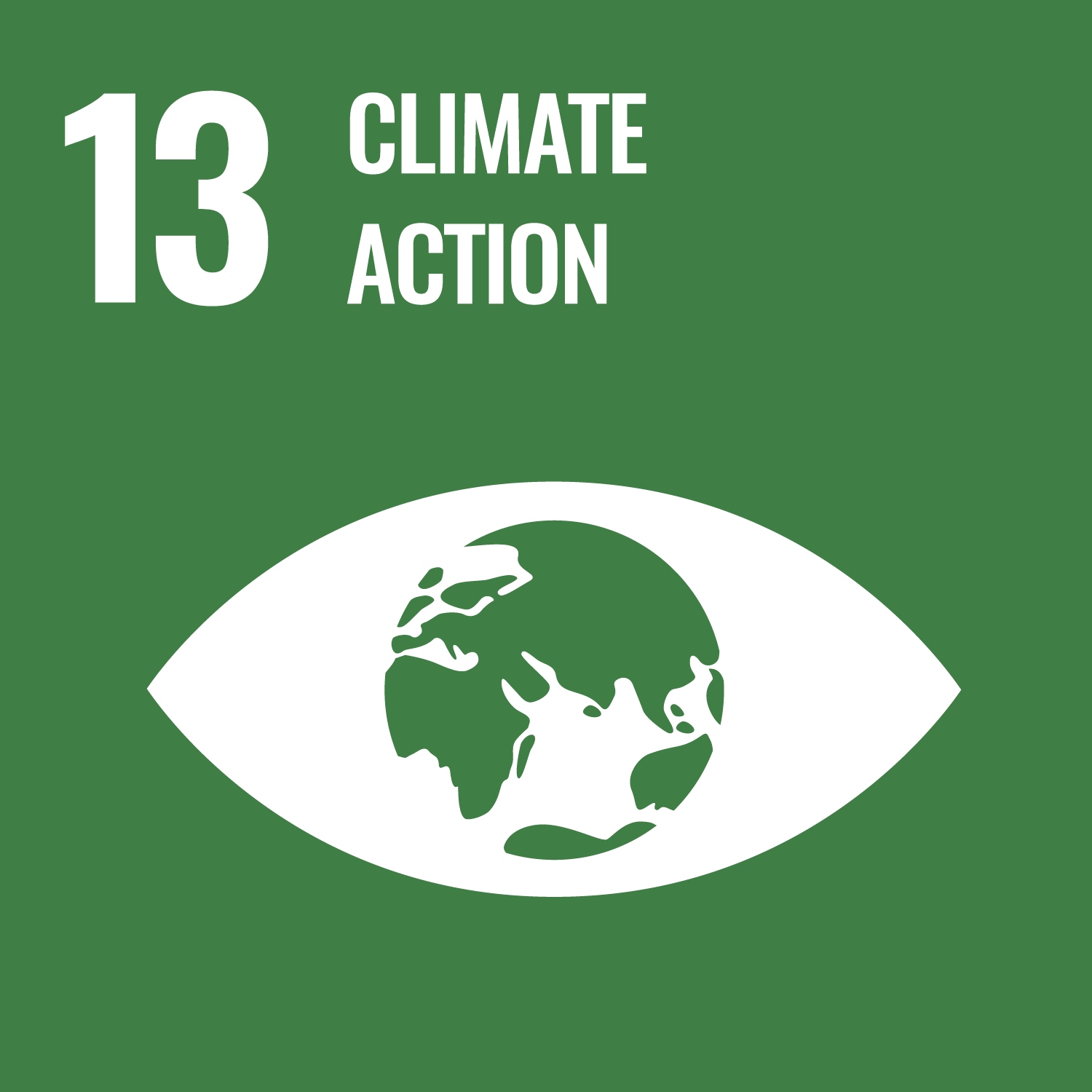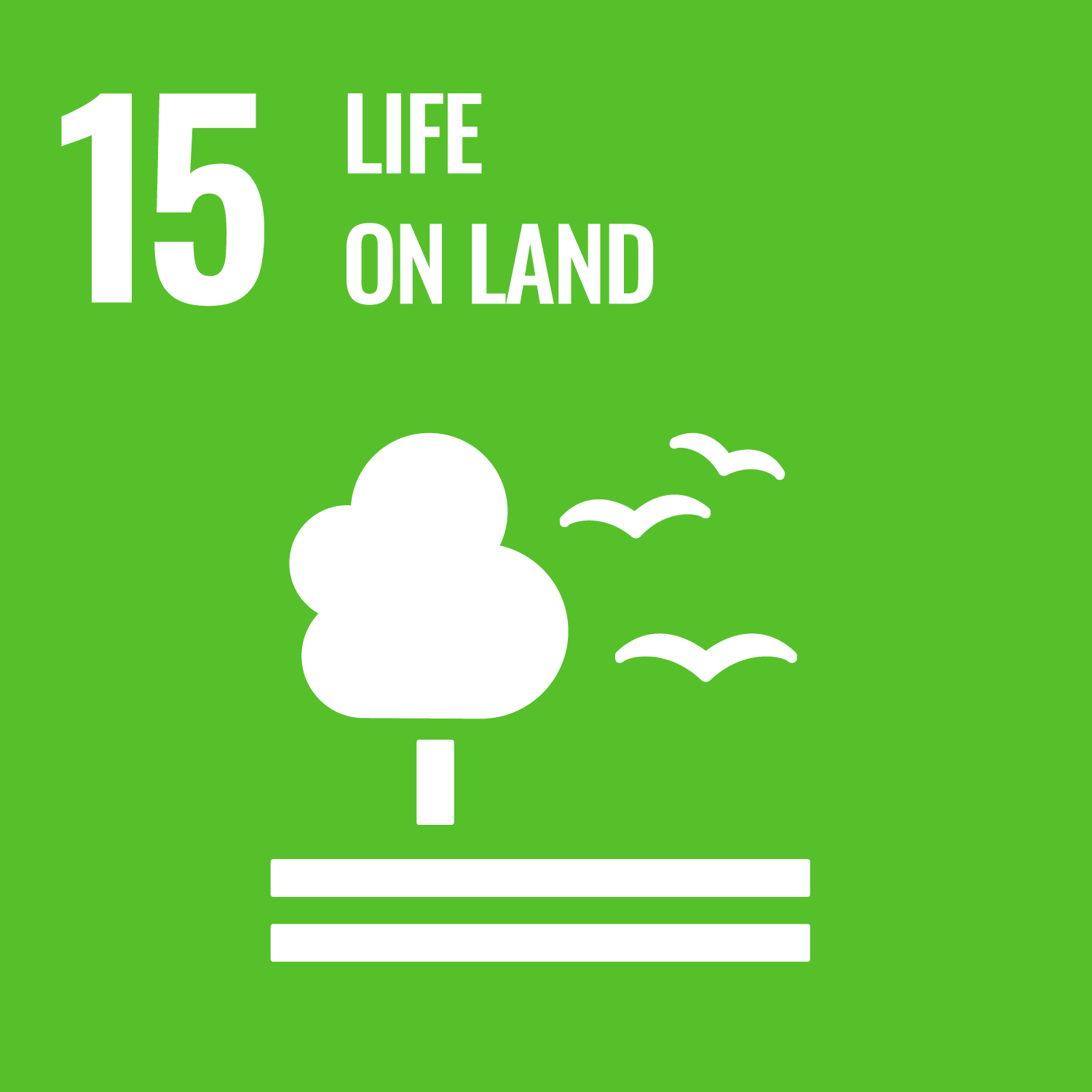
Dollar Donation Club
Organization
Trees for the Future
Trees that end hunger and poverty
🛡️ High Trust Rating
🧐 Low Risk Rating

Integrated Impact ScoreVetted By
Return On Donation
$1

Expert Consensus
A solution that helps people, the land, and the climate at the same time: Forest Gardens help people living in extreme poverty to feed their families and grow a better future for themselves and their communities.
Snapshot
The Problem
In Sub-Saharan Africa, 422 million people still live in poverty. Many of these are farmers who tend small plots of land; they often struggle to make ends meet and feed their families.
The Solution
Forest Gardens help mono-crop farmers transition to agroforestry, a method of farming that restores nutrients in the soil, plants trees that sequester carbon, and provides communities with year-round access to highly nutritious organic food.
Impact to Date
Over 190 Million trees planted since 1989
Over 28,000 acres of land revitalized (this is about 21,000 football fields!)
Over $59 million raised to date.
Over 100,000 farmers uplifted from hunger & poverty
Location of Impact
“Cameroon, Kenya, Senegal, Uganda, and Tanzania, as these are areas where we are having the biggest impact and seeing profound results.”
Impact Per $1
$1 =
2.8 trees planted
11.2 lbs. CO2 removed/yr*
10.5 lbs. organic produce
44.49 sq ft. land restored
*Carbon sequestration figures provided are science-based estimates only and have not been independently verified by a global carbon standards agency.
Proof of Impact
Updates from training and planting; stories of the people who are impacted directly by your donation.
Time to Realize Impact
Up to 1 year until first trees are planted (since farmers need to be trained); 5 years until results are fully realized (Forest Garden is sequestering CO2 and producing fruit).
Fund Usage

Detailed breakdown here.
Will it actually make a difference?
Forest Gardens empower farmers to uplift themselves from hunger and poverty, while also transforming barren or monocropped farmland into bio-diverse, living gardens. On average, farmers increase their income by 400% while regenerating our planet!
In short: Yup. A big one!
How is the donation used?
Your $1 helps fund 4 years of training, the seeds, tools and materials for farmers to establish their own Forest Garden. At year 4, the trees are flourishing and farmers are in a groove!
DDC's Favorites
The Forest Garden model empowers farmers to uplift themselves while regenerating the land.
Creates a micro-local food supply that is resilient against corruption.
Global leader in trees-grown per dollar
Highly integrated -- 10 Sustainable Development Goals in one solution!
Key Drawbacks
Trees for the Future only operates in Sub-Saharan Africa, and hasn’t scaled to other parts of the world yet (in 2014, they made a decision to streamline their approach and focus on Africa).
At this time, they can only share project-specific updates quarterly, not monthly.
It takes 5 years to fully realize the impact of the donation (the training, planting, and growing take time).
There’s space to improve their long-term verification of tree growth and maturity. While they do closely follow farmers for the first four years, after those 4 years TFTF do random sampling but not rigorous long-term follow up for all trees and gardens.
Fund Usage

Detailed breakdown here.
Integrated Impact Score
Effectiveness
93%Transparency
100%Track record
95%Measurability
100%Wisdom
98%Impact Innovation
95%Impact Stack
8.6Expert Vetters
Individual Questions
The Context
In Sub-Saharan Africa, 422 million people still live below the poverty line, living on less than $700/year. Smallholder farmers produce around 1/3 of the world’s food, but these farmers are often some of the poorest and most food-insecure people in the world. These families that rely on the land to survive are often trapped in cycles of hunger and poverty.
At the same time, around the world, landscapes are deteriorating and ecosystems are collapsing. Unsustainable land use drives many of these problems. Deforestation, soil degradation, and biodiversity loss are all tied to our global food system. In an effort to grow enough food to eat and sell, farmers are encouraged to clear their land of trees and native species. This unsustainable approach is harming people and the planet. Many farmers practice ‘monocrop’ agriculture — growing only one type of produce, year after year — which depletes the soil and only provides a single crop annually, and is susceptible to total crop failure.
With the tools to create a forest garden, and 4 years of training, Trees for the Future helps farmers shift away from the destructive patterns of monocrop farming, and dramatically improve their lives.
About
We’re levelin’ up philanthropy!
The Dollar Donation Club Integrated Impact Score was designed to ensure that the world’s most powerful and holistic solutions are presented to our members. The goal is to identify acupuncture points of change – solutions that create maximum positive benefit using minimal resources, while triggering a large cascade of additional benefits.
More importantly, the Integrated Impact Score embodies our approach of smart-philanthropy.
It’s not enough for us to give with only our heart. We must also give intelligently – identifying solutions that address root causes, generate outsized measurable outcomes, integrate holistically into existing communities, consider long-term impacts, reduce the risk of unintended consequences and lead to self-reliant capabilities rather than co-dependencies.
It’s time for us to focus less on things like “overhead ratios” and more on the total, holistic positive result per dollar. Oh yeah, and it should be fun!
We believe that the best solutions...
- Solve root-causes rather than symptoms.
- Consider their impact 100 years into the future.
- Produce massive impact efficiently.
- Care for people and planet holistically.
- Leverage nature’s and humanity’s best technologies.
- Are radically transparent – financially and operationally.
- Are resilient against threats of reversal.
- Result in self-reliance, rather than dependence.
- Clearly understand total costs to achieve outcomes.
This vetting methodology was designed with careful care to identify these solutions.
How we calculate the Integrated Impact Score:
Individual Dimension Score
The scores for each individual dimension (e.g. Transparency, Measurability) are calculated by adding up the total points (1-5) per section and dividing by the total possible points for that section.
Impact Stack
The amount of points awarded for the Impact Stack section is based on an assessment of how directly or indirectly and effectively or ineffectively the solution addresses a particular Sustainable Development Goal, using the SDG indicators as a guide. Impact Stack is treated like a bonus of points by adding up the total Impact Stack score and dividing by 10 (i.e. every 10 points gives a bonus of +1 to the final IIS score).
Overall Integrated Impact Score
The overall Integrated Impact Score is calculated by averaging the total scores received in each of the Individual Dimensions (e.g. Transparency, Measurability, etc.). We then add the bonus points awarded by the Impact Stack. Overall scores are rounded up to the nearest integer at 0.5 (e.g. if a score of 94.5 is calculated, the final score will be 95, if a score of 94.4 is calculated, the final score will be 94).
Vetting methodology 02.01 | Originally published 09.23.2020, updated 01.05.2023 | This report's change log is here.


100% of contributions go to the Dollar Donation Club Fund, a wholly owned subsidiary of Legacy Global Foundation Inc, a public 501(c)3 charitable organization.
© Dollar Donation Club 2025

